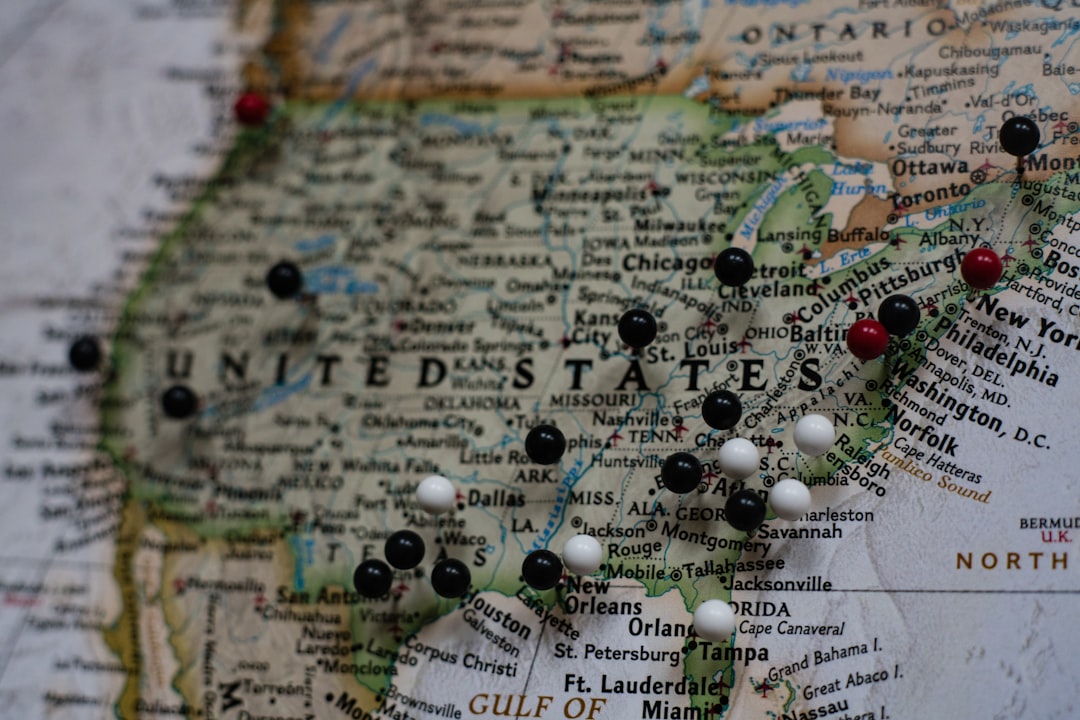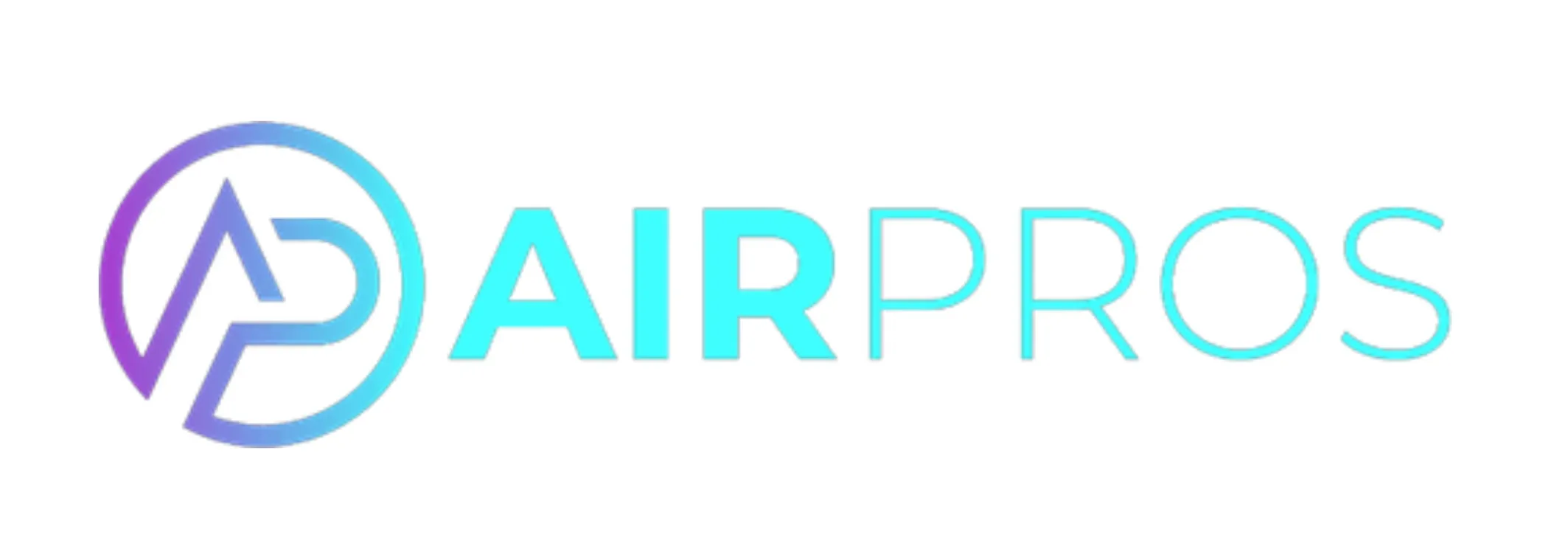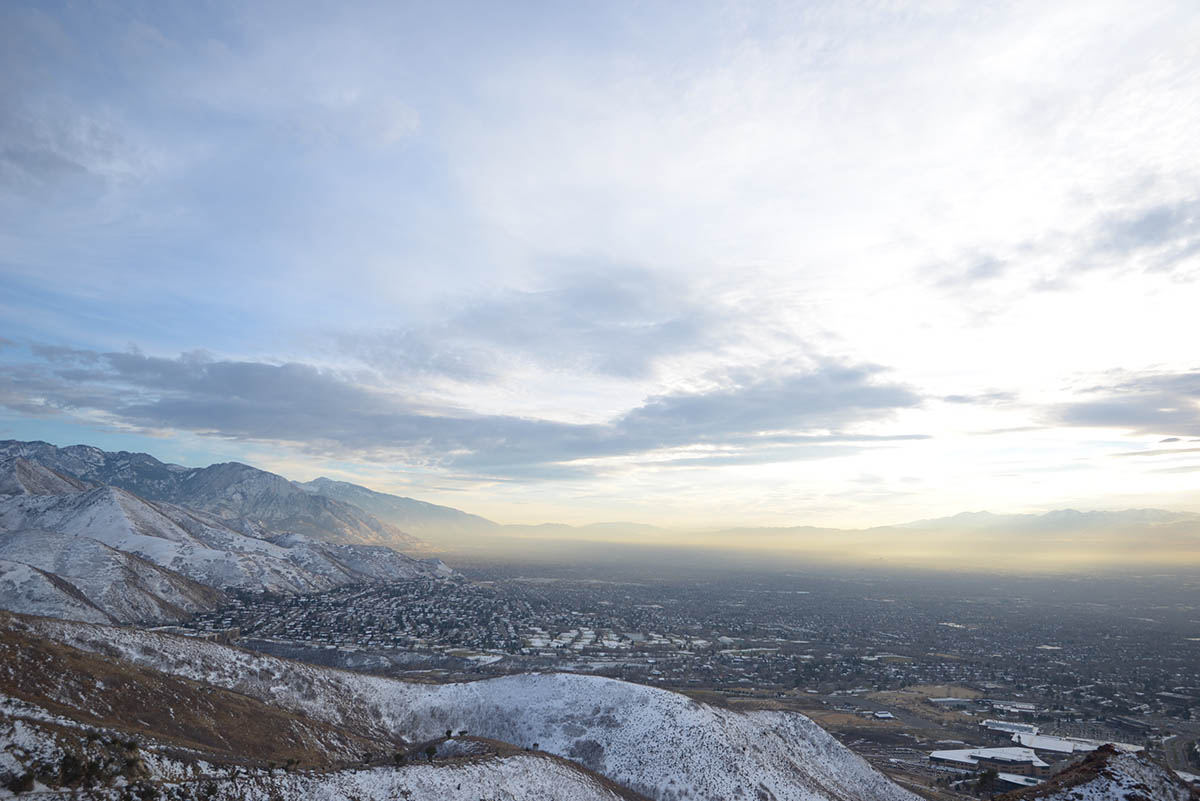
Heating Up Your Savings with HVAC Rebates and Incentives
Why HVAC Rebates and Incentives Matter More Than Ever
HVAC rebates and incentives can save you thousands of dollars on your next heating and cooling upgrade. With the Inflation Reduction Act setting aside nearly $370 billion for energy-efficient home improvements, homeowners can now claim up to 30% of qualifying HVAC costs through federal tax credits, plus stack additional savings from state, local, and utility programs.
Quick Answer: Top HVAC Savings Available Right Now
- Federal Tax Credits: Up to $2,000 for heat pumps, $600 for AC units/furnaces (30% of cost)
- State & Local Rebates: Up to $6,000+ depending on location (California heat pump example)
- Utility Programs: Direct rebates of $300-$8,000+ from power companies
- Manufacturer Deals: Seasonal promotions worth $500-$1,650
- Low-Income Programs: Up to $8,000 for qualifying households under HEEHRA
The math is simple: a $10,000 heat pump installation could cost you just $5,000 after combining a $2,000 federal tax credit with $3,000 in local rebates and utility incentives.
Energy costs keep climbing, and older HVAC systems waste hundreds of dollars every year. Smart homeowners are taking advantage of these record-high incentives to upgrade now rather than wait.
I'm Alex Wiltz, founder of Air Pros Utah Heating & Cooling, and I've helped hundreds of homeowners steer HVAC rebates and incentives to maximize their savings on energy-efficient upgrades. My experience in the HVAC industry has shown me that timing these incentives correctly can make the difference between a costly upgrade and an affordable investment in your home's comfort.

HVAC Rebates, Tax Credits & Incentives 101

Let's clear up the confusion around HVAC rebates and incentives the terminology can be overwhelming when you're trying to save money on your heating and cooling bills.
Rebates are cash back in your pocket. You buy your new heat pump, and a few weeks later, you get a check or see a credit on your utility bill. Tax credits reduce what you owe the IRS dollar-for-dollar. The beautiful thing is you can combine rebates and tax credits for the same project.
The Inflation Reduction Act changed the game for homeowners in 2022. Federal tax credits jumped to 30% of equipment costs and got extended through 2032. Even better, there's no lifetime cap you can claim up to the annual maximum every year if you keep upgrading your home's efficiency.
Incentive TypeHow It WorksMaximum AmountWhen You Get ItFederal Tax CreditReduces tax owed$2,000 heat pumps, $600 AC/furnacesAt tax filingUtility RebateDirect payment or bill credit$300-$8,000+4-8 weeks after installationManufacturer RebateInstant discount or mail-in$500-$1,650At purchase or 6-8 weeksState/Local ProgramsVaries by locationUp to $6,000+30-90 days
What Counts as an HVAC Rebate?
Point-of-sale discounts are instant gratification your contractor applies the rebate right at purchase. Utility programs offer rebates because high-efficiency HVAC equipment reduces strain on the electrical grid. Manufacturer promotions are seasonal deals designed to boost sales during slower periods, typically running $500-$1,650.
HVAC Rebates and Incentives vs. Tax Credits
The biggest difference between HVAC rebates and incentives and tax credits comes down to timing. Rebates reduce your upfront costs and don't complicate your tax situation. Tax credits reduce your actual tax liability, but you need to owe enough in taxes to claim the full benefit.
HVAC tax credits are nonrefundable, meaning you can't get money back if the credit exceeds what you owe. There's one important detail: rebates may reduce the amount you can claim for tax credits. If you pay $10,000 for a heat pump but receive a $1,000 utility rebate, your tax credit calculation is based on $9,000.
Combining HVAC Rebates and Incentives for Bigger Savings
Smart homeowners use the stacking strategy combining multiple incentives by timing upgrades correctly. Since federal tax credits have annual caps, spreading major upgrades across multiple years can double your total savings. Timing upgrades around seasonal manufacturer promotions adds another layer of savings.
Federal HVAC Incentives: 25C, 45L & Clean Energy Credits
The federal government offers impressive HVAC rebates and incentives that can save you thousands on your next upgrade. You can now claim 30% of your qualifying HVAC equipment costs through federal tax credits and these programs run through 2032.
Your equipment needs to meet ENERGY STAR standards and the Consortium for Energy Efficiency's highest efficiency tier. The annual cap sits at $3,200 total across all improvements, with heat pumps getting the biggest benefit at $2,000 maximum, while air conditioners and furnaces each cap at $600.
Starting in 2025, manufacturers must provide a four-digit QM PIN for each qualifying product, making tax filing easier.
Energy Efficient Home Improvement Credit (25C)
The 25C credit covers 30% of qualifying HVAC equipment costs including labor for heat pump installations. Since labor costs often run $3,000-$5,000 for heat pump installations, including these costs can add up to serious money.
Air conditioners need 16 SEER2 and 13 EER2 ratings. Heat pumps require 16 SEER2, 13 EER2, and 9 HSPF2. Furnaces must hit 95% AFUE or higher. The CEE highest tier requirement ensures you're getting equipment that'll deliver long-term energy savings alongside immediate tax benefits.
Residential Clean Energy Credit
This program covers geothermal heat pumps at 30% with no annual cap. If you're installing a $25,000 geothermal system, you could claim a $7,500 credit. The major advantage is carryforward rules if your credit exceeds your tax liability, you can carry the unused portion forward to future years.
The step-down schedule: the credit stays at 30% through 2032, drops to 26% in 2033, and falls to 22% in 2034.
New Manufacturer PIN Requirement in 2025
The new four-digit code requirement starting in 2025 simplifies the paperwork process. Instead of maintaining detailed efficiency certificates, you'll just need the QM PIN that comes with your equipment. When you file Form 5695, you'll simply enter the PIN in the appropriate section.
Stacking State, Local, Utility & Manufacturer Offers

The biggest HVAC rebates and incentives often come from combining multiple programs in your local area. Some regions are goldmines for HVAC incentives. In certain parts of California, you could stack a $2,000 federal tax credit with $6,000 in state heat pump rebates plus utility incentives potentially $8,000+ off a single installation.
We always check the DSIRE database and ENERGY STAR's Rebate Finder for our customers because these programs change frequently.
Examples of State & Utility Programs
California offers up to $6,000 for qualifying heat pump installations, plus utility programs that can add another $1,000. Con Edison customers in New York can receive up to $8,000 for comprehensive HVAC upgrades, with income-qualified households eligible for an additional $10,000.
Here in Utah, we work with Rocky Mountain Power's rebate programs regularly. Municipal utilities like Salt Lake City sometimes offer additional incentives for residents within city limits.
Manufacturer Rebates & Seasonal Promotions
Spring and fall bring the biggest rebate seasons, when companies like Carrier offer up to $1,650, Lennox provides up to $1,200, and other major brands compete with $1,000+ rebates.
Manufacturer rebates often come with special financing deals that might save you more than the cash rebate. We've seen 0% APR financing for 48 months, which can be worth more than a $1,000 rebate depending on your situation.
Finding HVAC Rebates and Incentives Near You
The best starting point for finding HVAC rebates and incentives in your area is ENERGY STAR's Rebate Finder. Just enter your zip code, filter by HVAC equipment, and it'll show you every available program.
The DSIRE database provides detailed information on state and local incentives including income requirements and application deadlines. Timing matters some rebate programs operate first-come, first-served with limited annual funding.
Eligibility, Application & Documentation Step-by-Step

Getting your HVAC rebates and incentives requires staying organized and knowing what paperwork to keep. The biggest mistake homeowners make is trying to figure out requirements after they've bought their equipment.
Know Your Equipment Ratings Before You Buy
SEER2 measures cooling efficiency. HSPF2 shows heat pump heating efficiency. AFUE shows furnace fuel conversion efficiency. Higher numbers mean better efficiency and bigger rebates.
For federal tax credits, your air conditioner needs at least 16 SEER2 and 13 EER2 ratings. Heat pumps must hit 16 SEER2, 13 EER2, and 9 HSPF2. Gas furnaces need 95% AFUE or higher.
Many utility programs demand even higher efficiency ratings. ENERGY STAR Most Efficient products represent the top 25% of certified equipment and typically open up the highest rebate tiers.
How to File IRS Form 5695 Correctly
Form 5695 is your gateway to federal tax credits. Part I covers solar and geothermal systems, while Part II handles most HVAC equipment like heat pumps, air conditioners, and furnaces.
Always download the current year's form from the IRS website. Starting in 2025, you'll need your equipment's four-digit manufacturer PIN. The form calculates your 30% credit and applies annual caps automatically.
Subtract any rebates you received when calculating your credit. If you got a $1,000 utility rebate on an $8,000 heat pump, your tax credit calculation is based on $7,000.
Paperwork & Deadlines Checklist
Your original purchase invoices need to show exact equipment model numbers and efficiency ratings. Installation receipts should itemize labor costs separately. Keep manufacturer efficiency certificates or the new QM PINs starting in 2025.
Deadlines vary dramatically. Some utility rebates require applications within 30 days of installation, while others give you 90 days. Federal tax credits can be claimed anytime during the tax year when equipment was placed in service.
Keep everything for at least three years after filing your return, since the IRS can audit tax credit claims within this timeframe.
Special Incentives for Low- and Moderate-Income Households

Low- and moderate-income families actually qualify for the most generous HVAC rebates and incentives available often covering 50% to 100% of upgrade costs.
The High-Efficiency Electric Home Rebate Act (HEEHRA) leads with up to $8,000 for heat pump installations. The Weatherization Assistance Program offers completely free HVAC repairs and replacements for qualifying households.
HEEHRA Heat Pump & Electrical Upgrade Rebates
HEEHRA provides discount right at installation no waiting for checks. Low-income households (earning up to 80% of area median income) receive 100% cost coverage up to rebate limits. Moderate-income households (earning 80-150% of area median income) get 50% cost coverage.
Rebate amounts include $8,000 for heat pumps, $1,750 for heat pump water heaters, and $4,000 for electrical panel upgrades. You can combine these for up to $14,000 in total savings annually.
Weatherization Assistance & USDA Programs
The federal Weatherization Assistance Program provides free energy efficiency upgrades performed by certified contractors, including HVAC system repairs, replacements, and tune-ups at no cost to qualifying low-income households.
USDA Rural Development programs serve families in rural areas with grants and low-interest loans. The Housing Improvement Program provides grants up to $7,500 for essential repairs, including HVAC systems.
Income-Qualified Utility Rebates & Financing
Many utilities offer improved rebates and special financing for income-qualified customers. On-bill financing lets you pay for upgrades through your utility bill over several years, often at 0% interest. The monthly payment is typically less than your energy savings.
TVA EnergyRight provides income-qualified customers rebates totaling over $5,000 for comprehensive upgrades often double or triple standard rebate amounts.
Frequently Asked Questions about HVAC rebates and incentives
Let me answer the most common questions I hear from homeowners about HVAC rebates and incentives. These are the same questions that come up during almost every consultation, so you're definitely not alone in wondering about these details.
What documentation do I need to keep?
Think of your HVAC rebate paperwork like your tax documents you'll want to keep everything organized and easily accessible. The most important documents are your original purchase invoices showing the exact equipment model numbers, installation receipts with labor costs broken out separately, and manufacturer certificates or the new QM PINs starting in 2025.
Don't forget about your utility rebate applications and approval letters, plus any energy audit reports if your program required them. I always tell my customers to start a dedicated folder for their HVAC project before we even begin the installation.
Keep everything for at least three years after filing your tax return. The IRS can audit tax credit claims within this timeframe, and you'll want to have all your documentation ready. Digital copies work just fine, but make sure they're backed up somewhere safe.
For tax credits specifically, you need proof that your equipment meets the efficiency requirements. Starting in 2025, that manufacturer QM PIN makes this much easier. For installations before 2025, hang onto that manufacturer certification statement showing the SEER2, HSPF2, or AFUE ratings.
Can I claim both a rebate and a tax credit for the same HVAC upgrade?
Absolutely! This is one of the best parts about HVAC rebates and incentives you can stack them for maximum savings. However, there's one important catch that trips up many homeowners: rebates may reduce your tax credit calculation.
Here's how it works: if you pay $10,000 for a heat pump and receive a $1,000 utility rebate, your federal tax credit gets calculated on $9,000, not the full purchase price. So instead of a $3,000 tax credit (30% of $10,000), you'd get a $2,700 credit (30% of $9,000). You still come out way ahead with $3,700 in total savings.
The good news is that state and local rebates generally don't reduce your federal tax credit basis unless they're specifically tied to the federal program. Manufacturer rebates and most utility rebates do typically reduce the calculation, but you're still maximizing your overall savings.
This is why I always run the numbers for customers to show the total savings across all programs. Sometimes the math works out better to time rebates and tax credits differently.
Do renters qualify for any HVAC rebates and incentives?
This is a tough one because most HVAC rebates and incentives are designed for permanent installations that require property ownership. However, renters aren't completely left out of the savings.
You can often qualify for rebates on individual room units like window air conditioners, portable heat pumps, or ductless mini-split systems if your landlord approves the installation. Some utility programs offer rebates for smart thermostats and other plug-in devices that you can take with you when you move.
I've helped renters access utility rebates for mini-split installations in apartments and condos, especially when the landlord was willing to participate in the program. It's worth checking with your utility company about renter-eligible programs some have specific offerings for apartment dwellers.
Property owners can definitely claim rebates and tax credits for rental properties, but the rules are different from owner-occupied homes. Some programs actually offer improved incentives for rental property upgrades that benefit tenant households, recognizing that energy efficiency improvements help both landlords and renters save money.
Conclusion
The window for incredible HVAC rebates and incentives is wide open right now. With federal tax credits covering 30% of your equipment costs through 2032, plus thousands more available through state, local, and utility programs, there's never been a better time to upgrade your home's heating and cooling system.
Smart homeowners are planning their upgrades strategically, stacking multiple incentives, and choosing high-efficiency equipment that qualifies for the biggest savings. A typical heat pump installation that might have cost $10,000 just a few years ago can now cost as little as $5,000 after combining all available programs.
The secret is getting started early. Don't wait until your old system breaks down. When you plan ahead, you have time to research all available programs, compare equipment options, and time your installation to capture seasonal manufacturer promotions.
At Air Pros Heating & Cooling, we've guided hundreds of homeowners through this process. Our experience with ductless mini-split systems puts us in a unique position to help you maximize heat pump incentives while achieving the personalized comfort these systems deliver. Room-by-room climate control isn't just about comfort it's about efficiency that keeps earning you savings long after the rebate checks are deposited.
Whether you're in Park City dealing with mountain winters, or in Draper looking to cut those summer cooling bills, we'll help you identify every available incentive and make sure your installation meets all the requirements. No missed deadlines, no forgotten paperwork, no leaving money on the table.
The combination of immediate rebates, long-term energy savings, and year-round comfort makes this decision almost automatic for most homeowners. Your utility bills will thank you, your family will enjoy consistent comfort, and you'll have the satisfaction of knowing you made a smart financial move.
Ready to turn these incredible incentives into real savings? Learn more about our heat pump installation services and find exactly how much you can save with today's record-breaking HVAC rebates and incentives.




